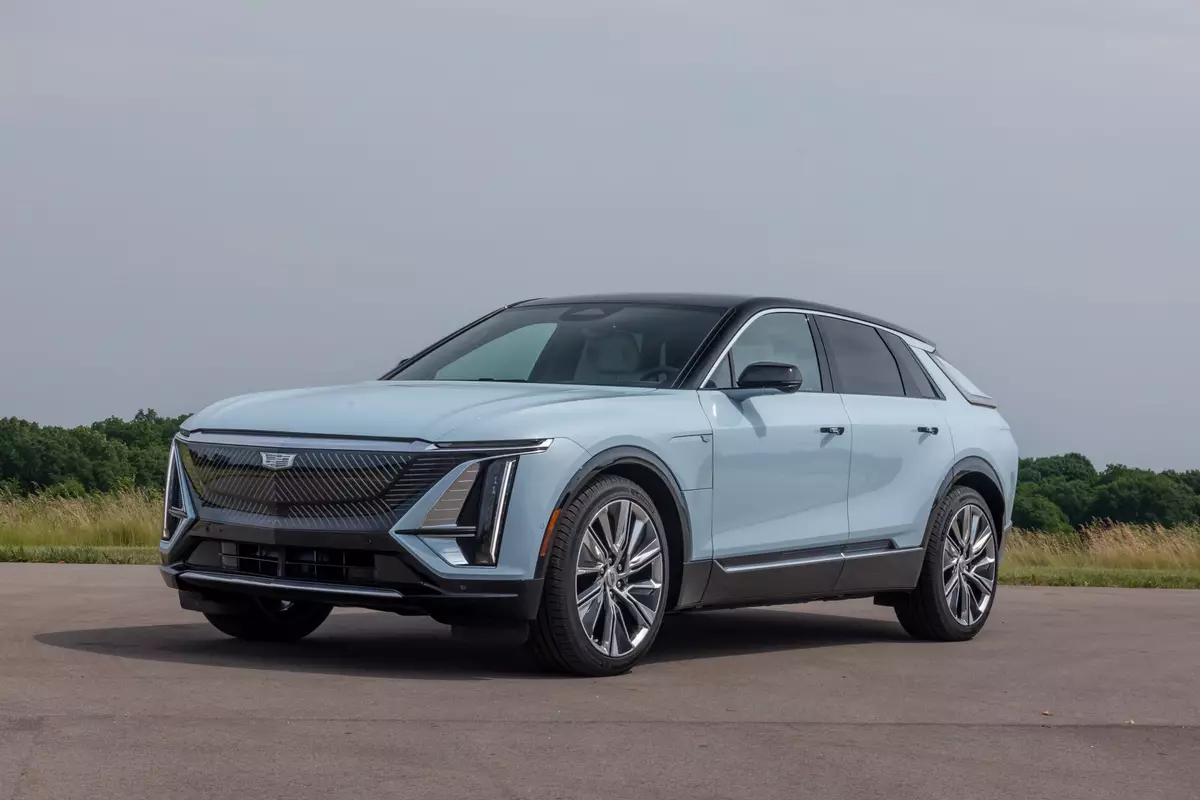TheMercuryNews.com's view
First, let’s cover what’s new about the fifth-generation Camry sedan that has recently arrived at Toyota dealerships. The 2002 Camry has an all-new platform for the first time in 10 years, which allows a little bigger interior and a little better ride.
The four-cylinder engine is new, and so is the automatic transmission. The exterior styling is more expressive, and there’s an SE model for those who prefer a bit of sportiness.
What isn’t new, besides the V-6 engine that pretty much carries over from the 2001 model, is the car’s undeniable quality. This is a car that continues to do remarkably well in the U.S. auto industry’s two most-recognized arbiters of quality: Consumer Reports magazine and J.D. Power and Associates’ rankings.
Priced from $18,970 to $25,405, the Camry hits the center of the mainstream sedan target. And, despite the recent onslaught from mid-size sport-utilities, the mid-size passenger car remains the largest single segment of the auto market, topping 2.5 million sales in 1999. And the Camry has been the best-selling car every year since 1997.
In short, complaining about the Camry is pure nitpicking. Some compare Camrys and refrigerators as unemotional appliances that run for years without earning a second thought or a second glance.
Toyota engineers and designers have heard those criticisms and insist this new model has more soul than in the past.
Our test car, the SE V-6, is the designated personality-plus model for ’02. Positioned between the base LE and the top-drawer XLE, the SE is the Camry for those buyers who want “a distinctive sporty style with chassis tuning that delivers a firmer ride, more controlled steering and more precise handling and ride,” said Don Esmond, general manager of the Toyota Division.
Unfortunately, Toyota didn’t see fit to hop-up the 3.0-liter V-6 in the SE. It’s the same motor that makes 192 horsepower and 209 pound-feet of torque and can be had in the LE and XLE V-6 models. Mileage is pretty good, at 20 and 28 mpg. On the road, it’s plenty powerful to move this Camry, which is a bit lighter than the previous-generation model. Toyota says its 0 to 60 mph performance is improved by nearly a half second to 8.3 seconds, but it’s hardly an engine that comes across as quick or fast. No, the goal is smooth and steady acceleration, and, not surprisingly, Toyota succeeds on this score.
What is different on the SE is the suspension and the style. The car gets standard 215/60R16 performance tires, higher spring rates (6 percent in front and 15 percent in back), a front strut bar, firmer shock damping and a low-flow power-steering pump to improve road feel. The effect is noticeable, even if I would have preferred Toyota take two steps forward instead of one.
Style-wise, the car gets a sport grille, fog lamps, a chrome exhaust tip, a leather shifter and steering wheel, a metallic trim piece around the gauges, different seat fab rics, black pearl badging and a rear spoiler.
What most people think of as a performance model and what Toyota has created with the SE V-6 are probably different things. The 2002 Maxima, for instance, offers 260 horsepower.
Still, this is the Camry that I’d buy for its slight on-road improvements and subtle styling enhancements. Well, actually, if we’re really talking about my money here, I’d chose the four-cylinder SE with the five-speed manual transmission. The V-6 SE only comes with an automatic, and, to me, the words sporty and performance aren’t complete without a stick shift. So, I’d have more fun driving the four-cylinder SE, I’d get better gas mileage and I’d save more than $3,000.
Buying a Camry is never a mistake, and this new-generation model has such an upscale feel, especially in SE and XLE configurations, that the gap between Toyota and Lexus is getting smaller and smaller.
Latest news



